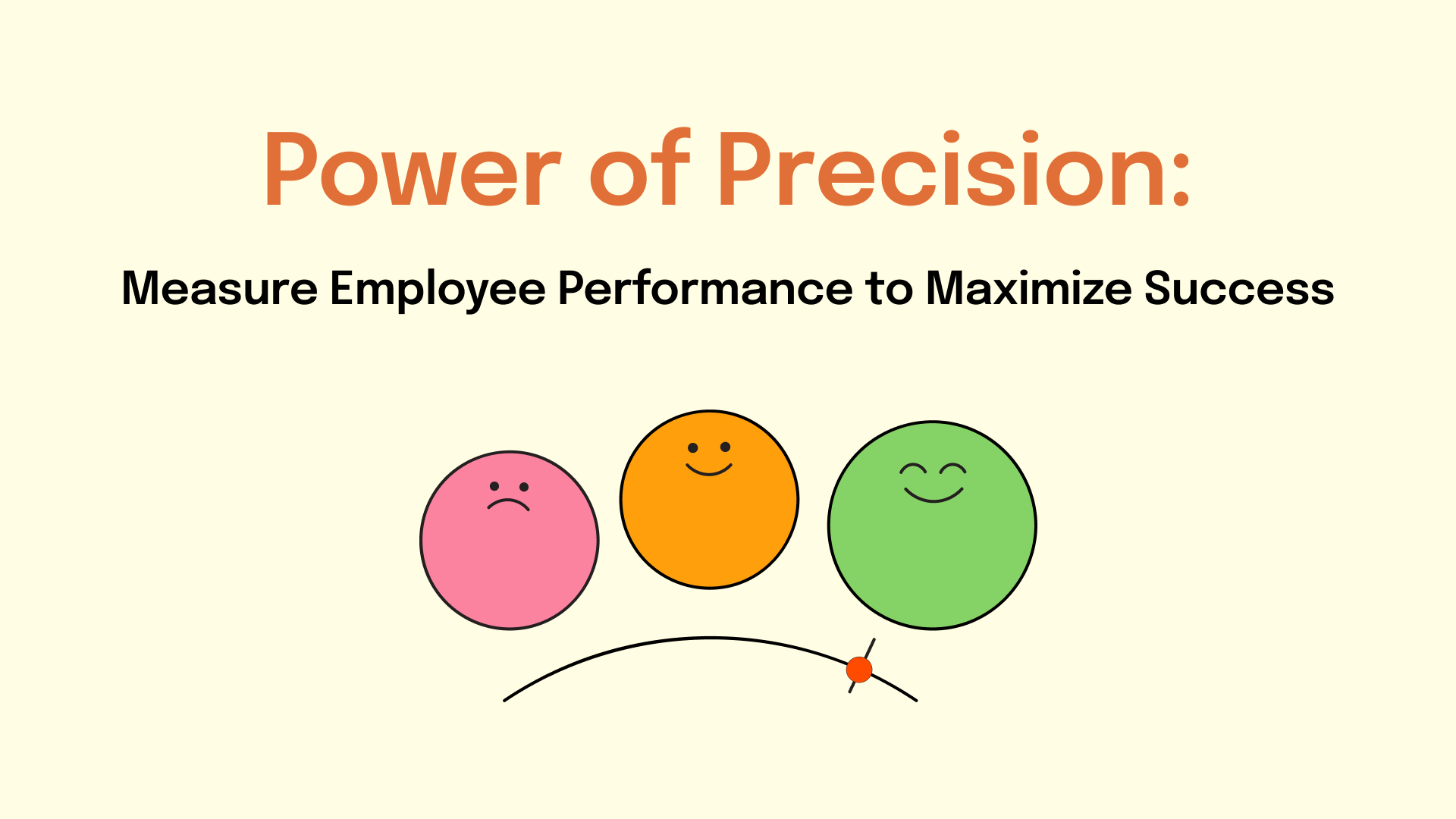The workplace of today looks significantly different from the one that existed three years back. Today, more businesses are adopting a hybrid or remote work model, where employees work across different time zones and arrangements.
The growing adoption of automation, coupled with technologies such as Artificial Intelligence (AI) and Machine Learning (ML), has influenced the nature of job roles. Some traditional roles have become redundant. On the other hand, workforces are experiencing a shift from labor-intensive roles to higher-value, strategic roles. Businesses aim to function with lean teams, where every job role matters even more.
With such drastic shifts, businesses are struggling to nurture a productive workforce with relevant skills and competencies. For instance, a lack of digital skills is reducing productivity in the workforce. Failure to take action will result in a domino effect of a demotivated workforce, higher attrition, loss of business, and, in turn, a drop in revenues and profitability.
The sustained success of an organization is an important goal of performance management, and there’s a direct link between employee performance evaluation and organizational success. A comprehensive and accurate performance management strategy allows businesses to identify the right metrics, KPIs, feedback mechanisms, and appraisal strategies for job roles in new contexts.
In turn, precise performance measurement can help lower cost-to-company per employee, reduce attrition, increase productivity, and drive revenues.
In today’s market scenario, your company’s employee performance measurement needs to be more nuanced, individual-focused, and, most importantly, precise.
Why Does Precision Matter?
Table of Contents
For companies to achieve business goals, the goals must be aligned with performance measurement.
A survey spanning 1,800 businesses indicated that companies that prioritized a comprehensive performance management framework performed optimally on six metrics – economic profit ($1.1 billion), upward mobility (35%), outperformance metric (4.2x), attrition rate (8.5%), return on invested capital (28%) and peak pandemic revenue growth (8%).
On the other hand, another survey reveals that the cost of poor performance management and lost productivity from employees in the United States, for instance, ranges between over $960 billion and $1.2 trillion per year. Yet, for a company of 10,000, the cost of time spent on traditional employee performance evaluation ranges between $2.4 million to $35 million.
Employee performance measurement must be aligned with the individual performance goals of employees for it to be effective. Precise measurement connects these dots.
Precision-Based and Modern Techniques
As precision in employee performance evaluation becomes a business goal, your company will need to make investments in overhauling the process of performance evaluation techniques.
Traditional techniques, such as annual appraisals, subjective evaluations by managers, and peer interviews, are no longer adequate to measure employee success, as they do not use a data-driven, scientific approach.
Let’s understand how businesses can optimize performance management by bringing precision to the process.
A snapshot of traditional versus modern measurement techniques:
Traditional Metrics and Their Limitations
Businesses typically design performance metrics for one year and conclude it with an annual review. The metrics are usually designed keeping in mind the department function as opposed to individual job roles.
However, this system no longer works as job roles become more specialized and unique. Traditional metrics also did not consider employee engagement as an important aspect of a business culture. Lack of engagement can result in lowered productivity, demotivation, and attrition.
Utilizing Effective Metrics and KPIs
With technology doing so much of the work, it’s not surprising that modern performance metrics and Key Performance Indicators (KPIs) need to focus more on higher-value and strategic deliverables.
Both must align with business priorities for the outcomes to be effective. However, even employees should be convinced that their performance review experience must accelerate growth.
However, a survey indicates that only 14% of employees believe that their performance reviews inspire them to improve their performance. Hence, businesses must invest in superior performance management strategies.
However, business teams need not do all the work on perfecting their performance management strategies.
How Technology Tools Enhance Accuracy
Early investments in cloud-based automated AI-powered tools can help businesses transform and scale their employee evaluation approach. Businesses will be able to apply superior data governance processes and derive more value from access to comprehensive data.
For instance, the adoption of technology enables AI-powered analysis, personalized Performance Improvement Plans (PIP), and real-time feedback.
Software/Platforms That Enable Precision
Today, businesses can leverage superior performance management software solutions to manage their programs more efficiently.
A combination of automation and AI technologies enables businesses to get access to data-driven predictive insights that can forecast an employee’s performance in the future based on current and historical data. BambooHR, Lattice, HiBob, and ClearCompany are some examples.
Choose the right one for your business based on your company goals, size of the business, and software integration needs.
Crafting a Precision-Focused Employee-Performance System
Here’s a brief roadmap to breathing new life into your company’s employee performance evaluation system.
Set Clear, Measurable Objectives
The first step is to establish clear objectives on what the employee performance strategy aims to achieve.
For instance, a clear objective would say that you should transform customer service into a 24/7 function with instant engagement access. This is a specific objective that requires specific investments in training and integration of technologies like AI and Machine Learning.
Performance Metrics Selection Is a Must for Accurate Assessment
Performance metrics can vary extensively from one job function to another. For instance, the number of sales, the number of active leads, and the value of sales are important metrics in sales.
On the other hand, the number of press mentions and brand social media reach are important metrics for a communication’s role. Hence, correct metric selection plays a key role in accurate assessment.
Implement Real-Time Performance Feedback
When feedback comes too late, the consequences can include reduced employee productivity, work errors, and loss of business and revenues. On the other hand, real-time performance feedback allows for immediate course correction, which helps boost productivity and reduce errors.
Today, there’s no dearth of tech-enabled performance measurement tools in the market that automate feedback based on real-time data on performance. However, some time-tested methods can also be applied.
For instance, the assessment centre method offers a perspective on how team members view an employee, and the human resource accounting method offers employees a clear picture of their contribution in terms of numbers.
Businesses must establish the key feedback methods, intervals, and platforms for feedback delivery.
Power of Personalized Performance Plans
As companies function with leaner teams, every job role becomes critical to organizational success. In this context, the traditional one-size-fits-all approach to employee performance evaluation no longer works. Neither does the once-in-a-year performance appraisal/ performance reviews.
- The focus on personalized performance plans is a paradigm shift which boosts effective employee evaluation. This process involves individual assessments based on unique metrics and KPIs for each individual, followed by personalized performance feedback for every individual.
- With access to the right tools, HR can simplify the process and scale the personalizing process by designing templates and checklists that can customized quickly and in real time.
- An important aspect of the entire process is to factor in relevant training, which must be aligned with the development plans for every individual. Companies must invest in the right training frameworks, which nudge employees towards self-learning. For instance, an employee must have access to engaging on-demand resources, which are accessible at any time, from the comforts of their mobile phones.
- Feedback and recognition go together. This approach enables businesses to tap the unique skills and aptitude of team members, complement existing skills with training to bridge the gaps and reward employees as they progress in their performance trajectory. Performance management will play a key role in helping employees navigate diverse paths.
Case Study: Deloitte’s Performance Management Overhaul
Deloitte, one of the top consulting firms in the world, completely overhauled its once-a-year performance review approach.
The company introduced the concept of real-time performance feedback through four mechanisms:
- Check-ins, which are future-focused conversations between employees and managers
- Performance snapshots, a 4-question instrument that captures a team leader’s feedback on a team member’s current performance
- Talent reviews enabled the business to outline a specific career advancement path for every individual
- Career coaches help employees identify their strengths and ways to play to them
Deloitte’s approach became a blueprint for increased frequency of performance assessment and reinvention of the performance management process. Here are the key takeaways all businesses can learn from:
- The concept of an annual 360-degree annual performance must be replaced with an ongoing performance assessment model, where employee performance is reviewed every week.
- Rating systems must shift from the subjective data provided by the evaluator to objective data related to the individual being evaluated.
- The methodology must nudge employees to take a keen interest in their own achievements, learning insights, and the impact of the work they do. Thus, the process must be made engaging for them.
- Businesses must leverage technology, which is user-friendly, data-centric, and engaging to use for both evaluators and those being evaluated.
Summary Of Key Learnings
Here is a snapshot of lessons learned:
- Business priorities must first be clearly defined and aligned to the individual performance management paths of employees.
- Businesses must cultivate personalized performance management plans to boost individual employee development.
- Goal setting and monitoring must align with the overall employee performance evaluation strategy.
- Performance feedback must be an ongoing process, with an emphasis on real-time feedback.
Conclusion
The recipe for modern-day effective performance management is a combination of three things – leveraging the right technology, crafting personalized performance management paths for every individual, and an ongoing employee performance evaluation strategy that boosts employee engagement, productivity, and performance.










